Ahead of World Emoji Day, Adobe is releasing its 2021 study on global emoji trends and their social impact.
Adobe has published its Global Emoji Trend Report for 2021, surveying 7,000 users in the U.S., UK, Germany, France, Japan, Australia, and South Korea. It was conducted by Paul D. Hunt, Adobe’s typeface designer, font developer, delegate to Unicode consortium’s emoji subcommittee (ESC), and creator of the gender-inclusive emoji.
Related | Insights From The Adobe Global Emoji Diversity And Inclusion Report
As an advocate for more inclusive emojis, one of Hunt’s biggest takeaways from the findings is that 88% of users globally are more likely to feel empathetic toward someone if they use an emoji. But the study reveals a number of interesting statistics about the use and purpose of emoji and how we get out of them as diverse people.
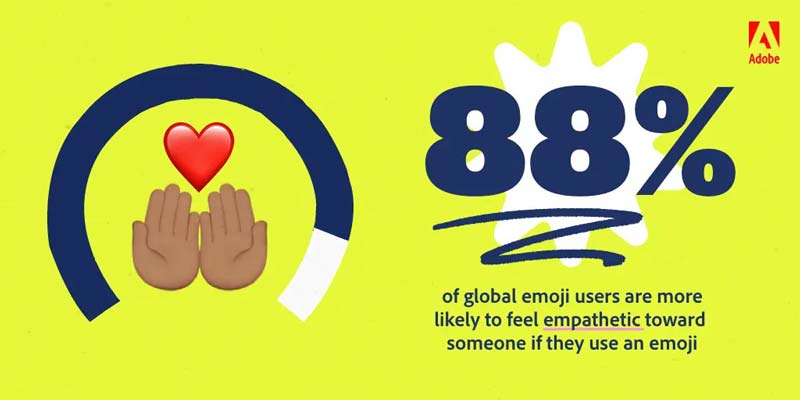
So here are some of the main ways the little yellow faces and cartoon pictures impact our lives.
Emojis Foster Empathy
Emojis can help in virtual communications to approximate the tone of voice, gestures, and emotional reactions behind written words. This in turn fosters deeper connections between texters.
“It is my personal belief that empathy is the most important aspect of communication,” explains Hunt in his blog post. “We may speak the same language as another person and can engage in conversation, but if we are not actively trying to empathize with one another, then we probably won’t actually fully understand each other’s meaning.”
Furthermore, female users (89%) are significantly more likely than male users (87%) to feel understanding or empathetic toward someone if they use an emoji.
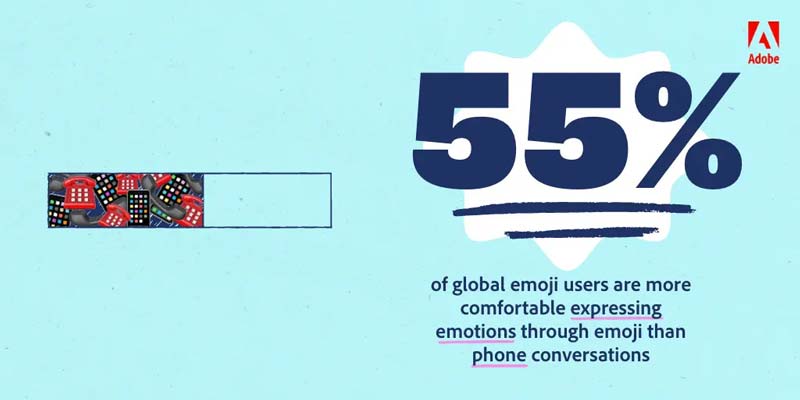
Emojis Replace Words – For Good or For Worse
Interestingly, many of the people interviewed said that they feel more comfortable sending an emoji than having a phone chat or even an in-person conversation.
Texting a reply gives you time to appropriately assess the best emotional response to convey how we feel or how we hope the person or people at the other end would feel. More than half of global emoji users are more comfortable expressing emotions through emoji than phone conversations (55%) and in-person conversations (51%).
In addition to this, the study finds that women include emojis in their messaging more than men, with a 52% vs. 40% ratio. But that is not to say men don’t take advantage of the opportunity to express more with less. Male users (70%) are significantly more likely than female users (67%) to use emojis to replace words.
Nonetheless, here’s a word of caution for the boys: 27% of male users have sent an emoji that got them in trouble with friends, family, or a significant other compared to 17% of female emoji users. Furthermore, 44% of men have sent an emoji that was taken out of context compared to just a third (33%)of women. So better be careful!
Here, the top three most misunderstood emojis globally are🍆 (#1), 🍑 (#2), and 🤡 (#3).
Emojis Help With Awkward Online Dating Moments
Apply this concept to online dating and you have a real helper when you are treading on eggshells: IRL conversations don’t require you to respond verbally to everything. Often times a facial expression is sufficient to give the other person the opportunity to respond or continue.
Believe it or not, the worst emojis you can use when it comes to flirting or dating are 🍆 (#1), 🍑 (#2), 🤪 (#3). Apparently, they make you less likable.
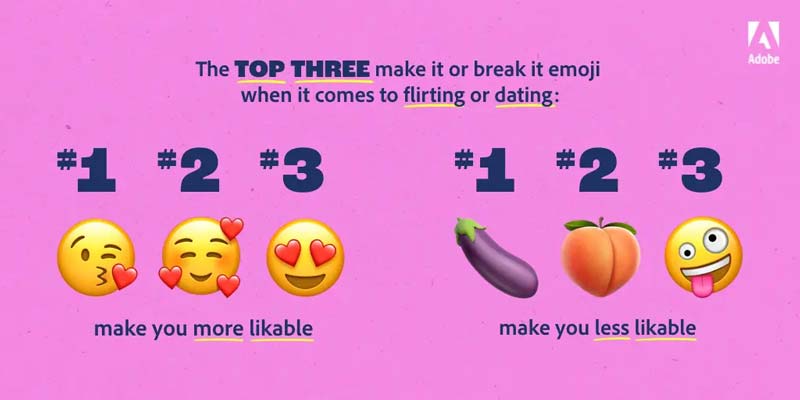
The ones that can statistically improve your impression are 😘 (#1), 🥰 (#2), 😍 (#3), as they apparently make you more likable.
Emojis Overcome Language Barriers
When it comes to communicating with people from different countries, an overwhelming number of people love using emojis to overcome language barriers and create connections that would have otherwise been harder to reach if they had to rely on rudimentary language skills.
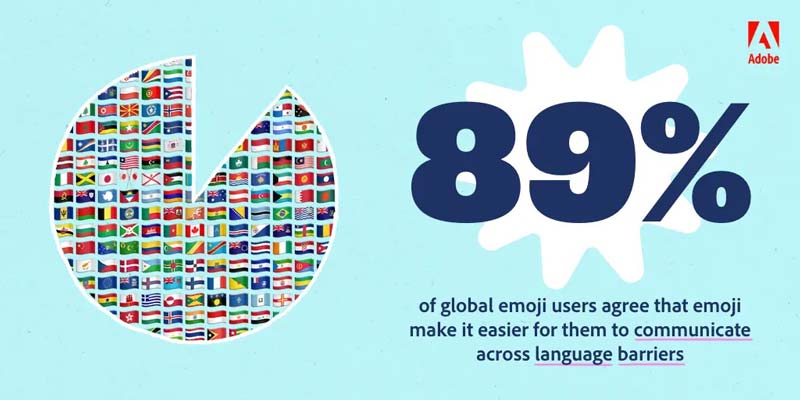
The majority of global emoji users agree that emojis make it easier for them to express themselves (90%) and communicate across language barriers (89%).
Emojis Help Us Overcome Social Issues
At a time when people are increasingly aware and interested in understanding one another’s struggles around social issues like race, gender, and inequality, 70% of emoji users agree that inclusive emoji can help spark positive conversations about important cultural and social issues.
Notably, Adobe‘s report tells us a tale of hope in a post-pandemic world, as 76% of global emoji users agree that emoji are an important communication tool for creating unity, respect, and understanding of one another.
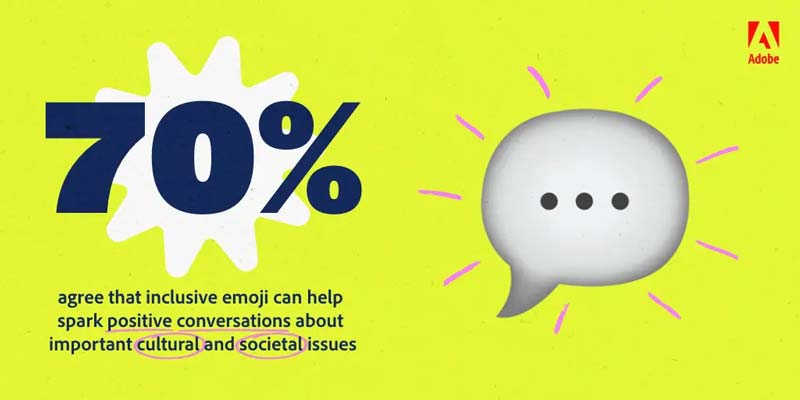
In addition to the report, on July 17 (World Emoji Day), Adobe will also premier a documentary featuring Paul D. Hunt’s perspective on the findings of his study and work advocating for representative emoji for all. “By Design Heroes: Emoji” will air on CBS LA and SF/Bay Area at 9:30 pm PT.
Last but not least, this year’s top five favorite emoji are 😂 (#1), 👍 (#2), ❤️ (#3), 😘 (#4), 😢 (#5). Those who feel like they have to pair everything will be pleased to know that the top three favorite emoji pairings are 🤣😂 (#1), 😘❤️ (#2), 😂❤️ (#3).
